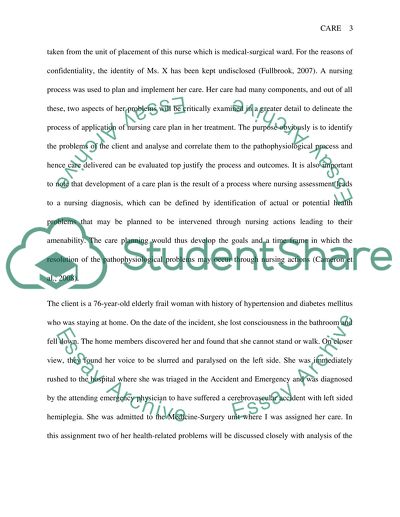Cite this document
(“Care Planning Essay Example | Topics and Well Written Essays - 3250 words”, n.d.)
Retrieved from https://studentshare.org/health-sciences-medicine/1504390-care-planning
Retrieved from https://studentshare.org/health-sciences-medicine/1504390-care-planning
(Care Planning Essay Example | Topics and Well Written Essays - 3250 Words)
https://studentshare.org/health-sciences-medicine/1504390-care-planning.
https://studentshare.org/health-sciences-medicine/1504390-care-planning.
“Care Planning Essay Example | Topics and Well Written Essays - 3250 Words”, n.d. https://studentshare.org/health-sciences-medicine/1504390-care-planning.


